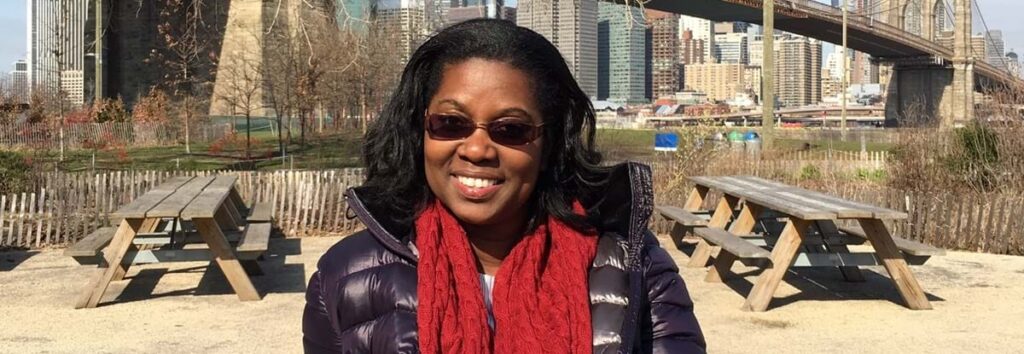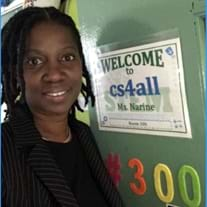NYC Teacher Brings STEM to Her Social Studies Class
Published November 2, 2020
By Roger Torda
Academy Contributor


Servena Narine, who teaches at a New York City public school in Brooklyn, uses science, technology, engineering, and math (STEM) skills to help her elementary school students master their social studies curriculum.
This summer, Narine used time made available because of the COVID-19 shutdown to take The New York Academy of Sciences’ online course STEM Education in the 21st Century. During the eight-week course, she designed a curriculum for fourth-grade students. One of the units called for students to use data analytics in creating an infographic to “tell a story about the effects of immigration on New York City’s industrial growth in the 1900s.”
The Seven Essential STEM Skills
“It was a course where we incorporated seven essential STEM skills into our teaching,” Narine said in a recent phone interview. “I think sometimes as teachers we do that naturally, but through the course I was able to more deeply integrate the STEM skills into my lesson plans.”
Narine was referring to seven skills Identified by the Academy’s STEM Education Framework. critical thinking, problem solving, creativity, communication, collaboration, data literacy, and digital literacy and computer science. These skills form the foundation of the course.
“The Academy developed its Framework back in 2016 as a research-based tool that can be used to ensure students receive high-quality STEM learning,” said Chris Link, the Academy’s Director of Education. “Our online course coaches teachers on strategies they can use to help their students build critical 21st-century skills.”
“Eight years ago, my school became a magnet school for STEM studies,” Narine explained, referring to PS 307, which serves pre-K through fifth grade in the Vinegar Hill neighborhood of Brooklyn. “I’m always looking to learn more about what it means to be a STEM school, and what it means to integrate the principles of STEM into the classroom. When I saw that this course was available, and that it was free, and that I had time on my hands because everyone was self-isolating because of COVID-19, I jumped right into it.”
Continuing Teacher and Leader Education
Narine was one of 100 New York City teachers enrolled in the course through the sponsorship of Medidata, which has supported several Academy STEM programs. Narine and other teachers who completed the course received 30 Continuing Teacher and Leader Education (CTLE) credits required by New York State to maintain certification.
“I loved that the course was asynchronous, so I could set a schedule for myself,” Narine said. “The participants, the other teachers, all reviewed each others’ work, and offered feedback. That was a great benefit. And I loved that for each of the seven skills there was an expert in the field who was able to share information.
Narine’s course not only incorporated STEM skills, but aligned closely with the state’s Passport to Social Studies curriculum. To develop critical thinking skills, one of her units calls on students to analyze documents from the Colonial and Revolutionary War periods. A unit on problem solving asks students to develop solutions to clashes between Native Americans and colonists.
Cross-Interdisciplinary Skills for Students
A unit on the geography of New York calls for creativity in designing maps to promote tourist destinations. Yet another unit is designed to promote collaboration skills as teams make a game to test knowledge of material covered in earlier units. These cross-disciplinary skills serve students in their social studies classes, their STEM classes, and beyond.
“The curriculum asks students to look at Native Americans as the first inhabitants of New York State,” Narine said, explaining how she started thinking about a unit that would focus on communication skills, another area of focus in the Academy’s online course.
“I remember thinking that we’d be learning about Native Americans in the region around the time we’d be celebrating Thanksgiving,” she continued. “And I thought it would be nice to have the children create a public service announcement to give thanks to Native Americans for the contributions they have made to New York State and to our society, rather than the other way around, where we pretty much look at the European influence and teach that it is because of the Europeans that we have Thanksgiving. I said, ‘Let’s turn it around and say thank you to the first inhabitants of New York for their contributions.’”
